An investigation has found a debt company used by British Gas has been routinely breaking into the homes of vulnerable customers to force fit pre-payment meters.
I can’t say I’m surprised.
Some of these big companies are so blinded by greed that the dignity and wellbeing of their low-income customers isn’t seen as a priority.
The practice of force fitting pre-payment meters is used when a customer has fallen behind on their energy bills and amassed debt.
Given the cost of living crisis and the skyrocketing costs of energy, there will be many people who have found themselves in this situation in recent months.
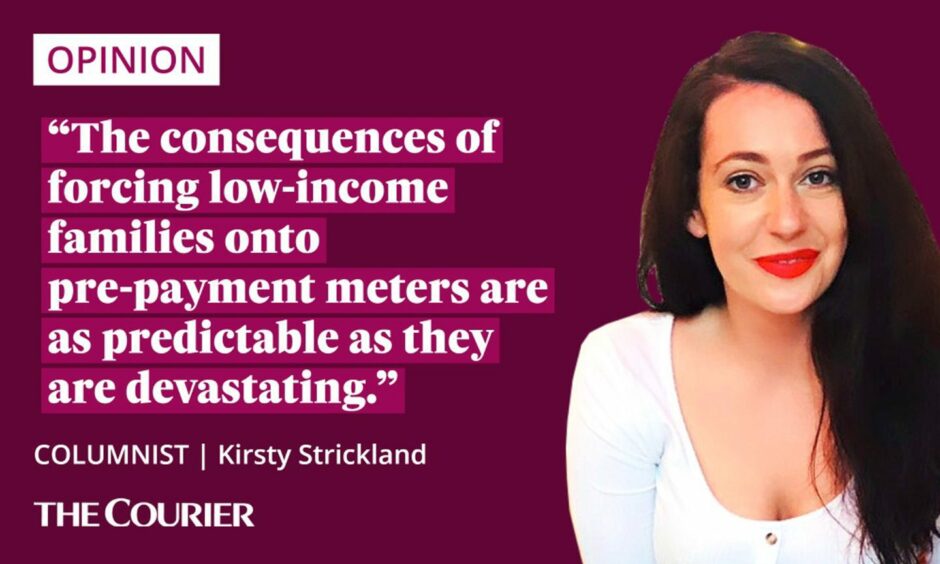
But if people don’t have enough money to pay the bill, they won’t have enough money to top up an electricity or gas key either.
So the potential consequence of the decision to forcibly install a pre-payment meter is blindingly obvious.
Vulnerable people will be left without the means to power their homes.
Pre-payment meter forced fittings are thuggery in action
When you read about some of the practices employed by debt company Arvato, the image of a knuckle-cracking thug comes to mind.
And their behaviour may be legitimised by a court warrant, but that doesn’t make it any less brutish.
One of the customers that debt agents for British Gas tried to force onto a pre-payment meter was a young mum of four children – including a one month-old baby.
She had fallen into debt after her household energy bill rose from £54 to £364 a month.
Regulator Ofgem has now asked energy companies to suspend the forced installation of prepayment metres while they undertake a review to “uncover poor practice’’.
The boss of Centrica (which owns British Gas) suggested the company was unaware of the thuggery being carried out on its behalf.
Fife-born Chris O’Shea said: “There is nothing that I can say that can express the horror I had when I heard this, when I read this. It is completely unacceptable.
“The contractor that we’ve employed, Arvato, has let us down but I am accountable for this.”
People will draw their own conclusion from that comment but I think it’s clear who is being constantly let down.
Last month I worked undercover with debt collectors breaking into homes of vulnerable families for British Gas
We were sent to force-fit prepayment meters at homes including one where a mum was with her 4 week old baby.
If families cannot top up, their heating can be cut off
— Paul Morgan-Bentley (@pmorganbentley) February 1, 2023
It’s expensive to be poor.
Low-income households are more likely to have pre-payment meters.
Not only is the cost per unit higher than if you were paying by direct debit, you are also subject to the barbarism of having your energy cut off instantly if you can’t top up.
My pre-payment meter filled me with dread
I’ve got an electricity meter in my rented flat now and it doesn’t cause me any bother. But that’s because I have the security of knowing I can always afford to keep it topped up.
There was a period of my life when I was living in temporary accommodation. My relationship with the pre-payment meter in that flat was a totally different story.
It was a constant source of anxiety.
I dreaded looking at it and seeing how little credit there was left. But I had to look at it multiple times a day, so I could plan my energy usage around it.
So you learn wee tricks to try and buy yourself more time.
Like turning off everything on a Saturday afternoon to make that final pound last until Sunday, when – even if your credit has ran out – the power will stay on until Monday.
Of course, as soon as 9am on Monday comes the power goes out.
And then you’ve got to top up more for the energy you used the day before.
But when you’re in that situation you’re focused on getting through the day, not tomorrow’s problems.
Despite being hyper aware of the electricity credit countdown of doom, there were many – many – occasions when it ran out and I was left without power for days.
This was when I was young and child free. I can’t imagine what it must be like to be in a similarly wretched situation with children in the house.
Energy companies can’t claim ignorance.
The consequences of forcing low-income families onto pre-payment meters are as predictable as they are devastating.
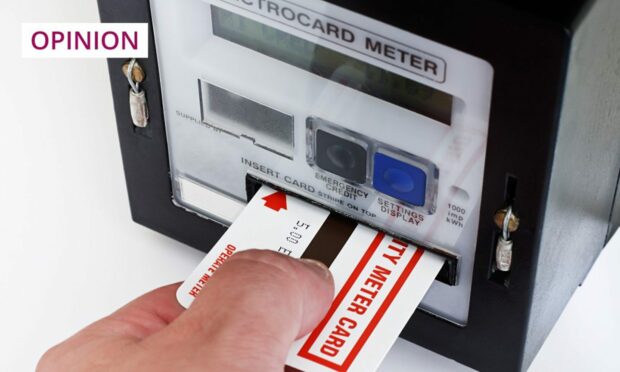
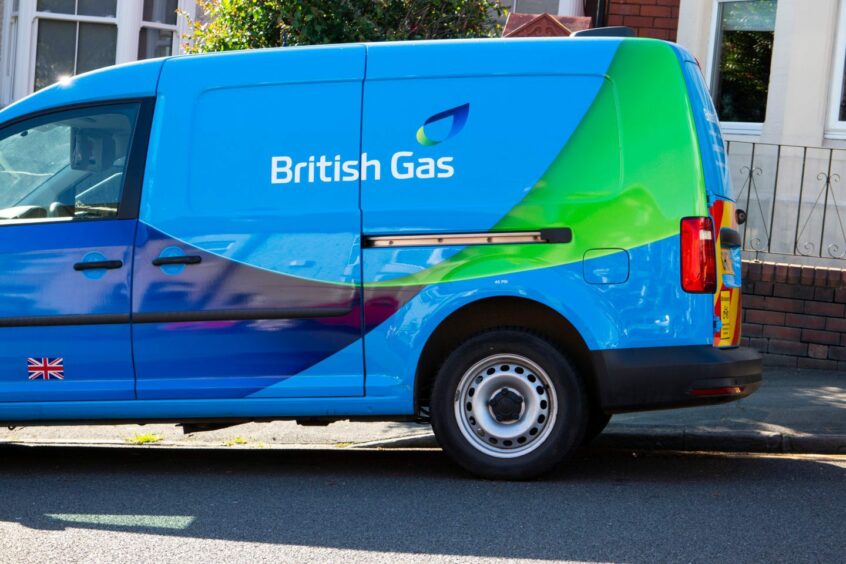
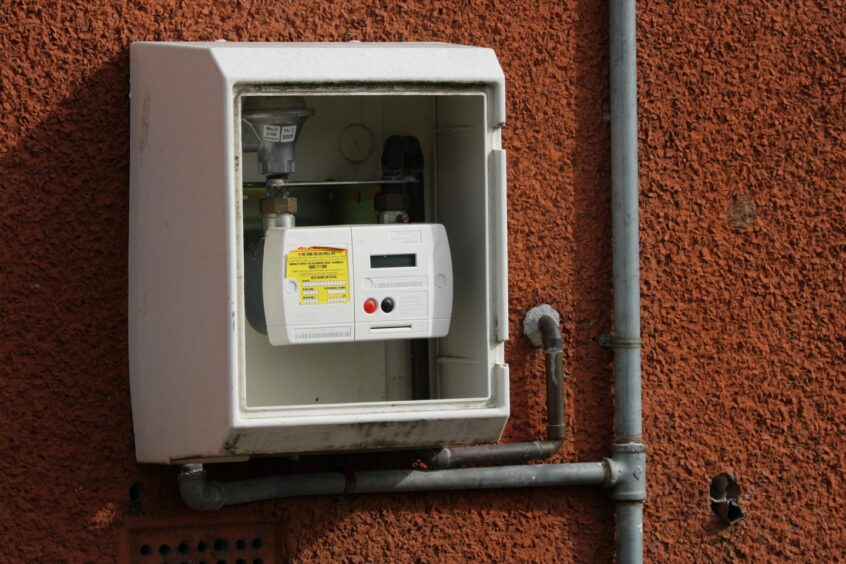
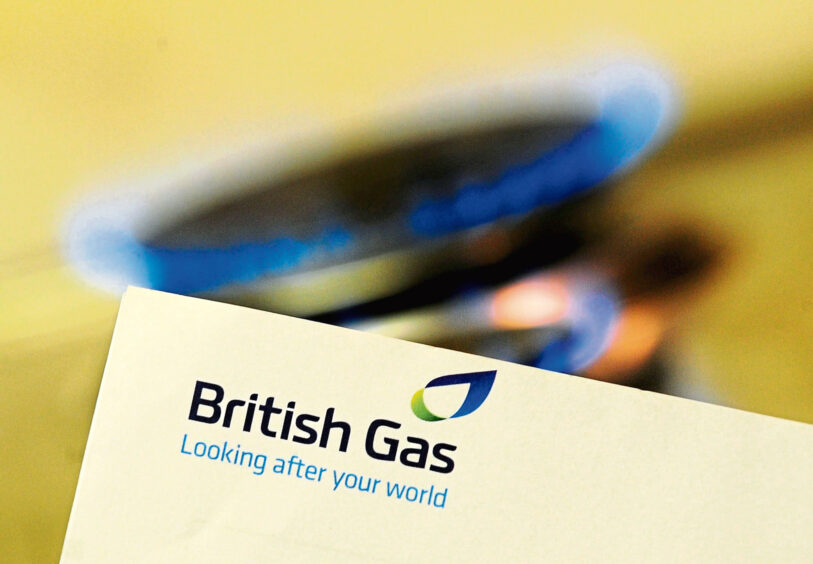








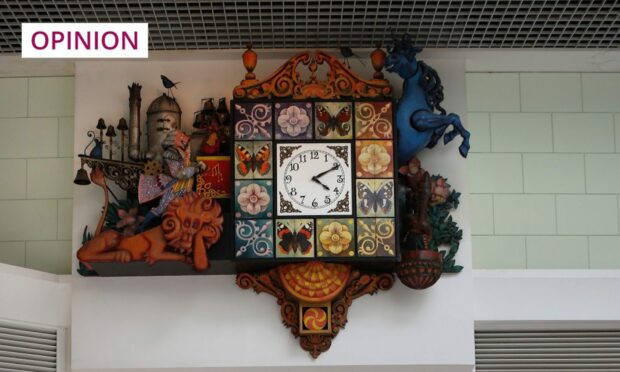
Conversation